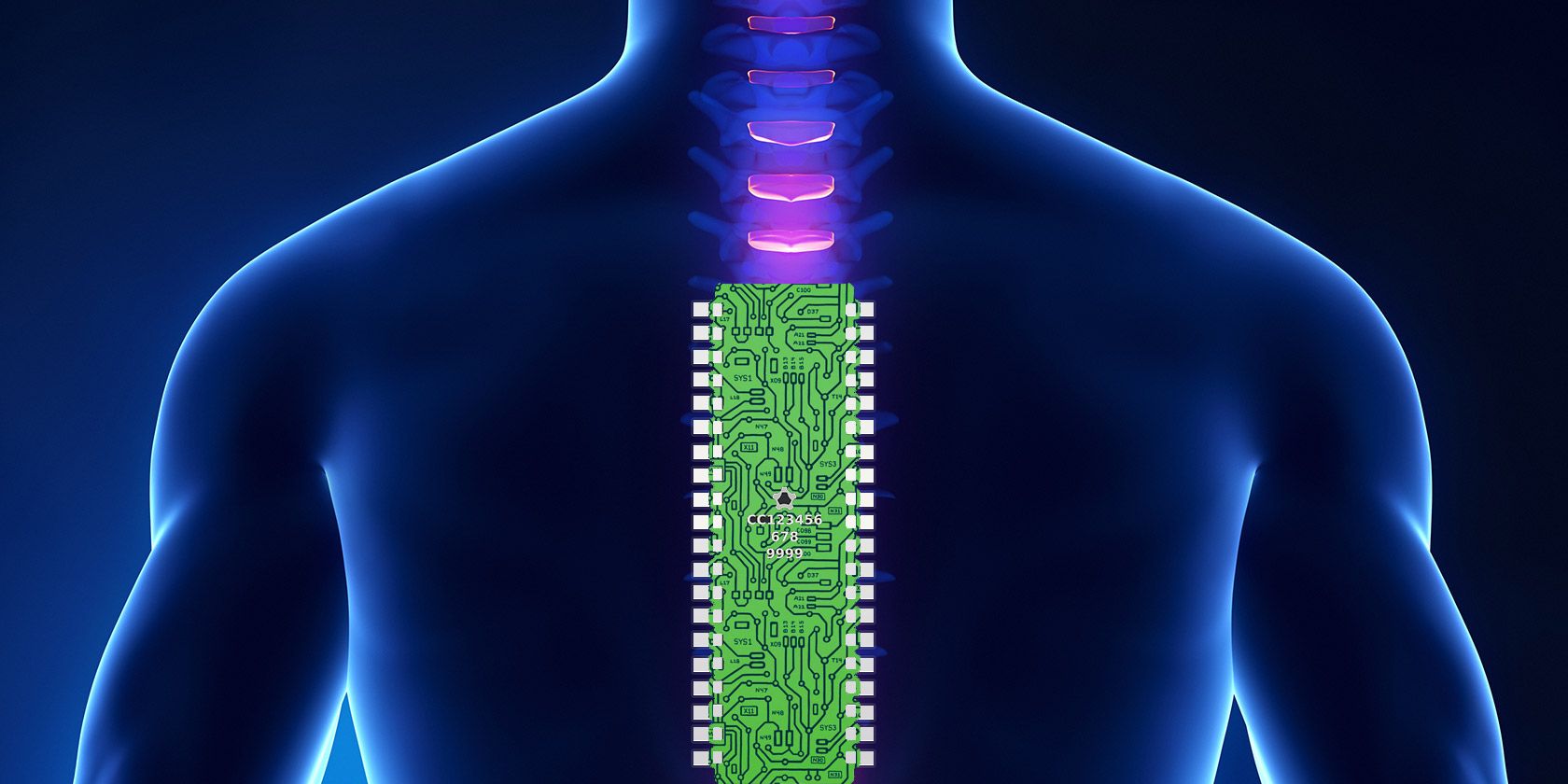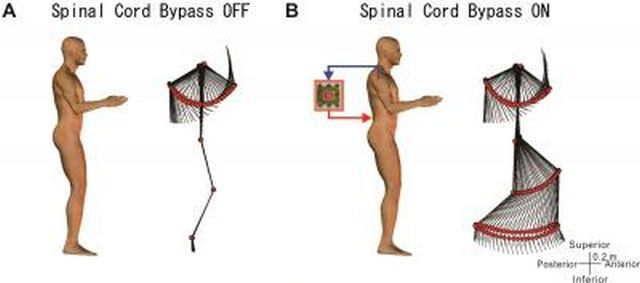If I told you that one day computers will allow people who are paralyzed to walk again, would you believe me? Well, if the success of Japanese researchers last week is any indication, the ability to control the human body with a computer is not very far down the road.
On August 14th, Yukio Nishimura, an associate professor of the National Institute for Physiological Sciences (NIPS), issued a press release saying that the research team had successfully created an artificial connection between the brain and the legs of a test subject.
According to the press release, the team essentially tapped into the signal from the brain for arm movement so that whenever the patient moved his arm during walking activity, the computer interface used that signal to control a magnetic stimulator that drove the "spinal locomotion center", enabling full leg movement.
Although the subject tested was "neurologically intact", they were asked to keep their legs relaxed. Whenever the computer bypass was disabled, the subjects legs remained stationary. When the bypass was enabled, the legs would move in time with the movement of the subject's arms.
Controlling the Body With Computers
The goal of the project was to assist patients with gait disturbance due to spinal cord injury. Such injuries can result in either partial or full interruption of signals between the brain and the "spinal locomotion center" that controls leg motion.
This interruption may cause an unnatural gait, or the complete inability to control the legs at all.
According to the researchers, the locomotion center in the spine controls regular movements like walking or swimming. The goal of the research was to try and stimulate the locomotion center non-invasively with a magnetic stimulator, to enable leg control and walking speed without the need for direct involvement by the brain.
Nishimura explained that even though the successful bypass could assist with enabling movement where otherwise walking was nearly impossible, there are limitations. Patients can only control robotic-like walking movement and speed, but not turning, shifting to the side, or other more complex leg movements.
We hope that this technology would compensate for the interrupted pathways' function by sending an intentionally encoded command to the preserved spinal locomotor center and regain volitionally-controlled walking in individuals with paraplegia. However, the major challenge that this technology does not help them to dodge obstacles and to maintain posture. We are carefully working toward clinical application in near future.
Testing the Locomotive Bypass
The test of the computer-aided spinal cord bypass involved "tapping" into the signal to the arms from the brain, and then enabling the locomotor center in the spine whenever the "bypass" was turned on.
In the experiment, the researchers strapped a subject to the magnetic apparatus, asked the subject to keep his legs completely relaxed. The subject was then told to swing his arms as though he was walking. Researchers then turned the bypass off, and noticed that the subjects legs did not move. Then they enabled the bypass, and the subjects legs started moving in the same rhythm as the arm movement.
In the video released by the National Institutes of Natural Sciences, you can watch as researchers then lowered the subject to the floor, where he began moving forward until he finally struck a soccer ball.
Bypassing the Spinal Cord
This kind of research has been going on for some time, with milestones of successes along the way. For example, in 2011, seven years after a motorcycle accident left him paralyzed, researchers at the University of Pittsburgh helped 30-year-old Tim Hemmes control the movement of a robotic arm by using an electrocorticography grid (EcoG) placed on the surface of Hemmes' brain.
That success, and others like it in the field, proved that brain signals could be intercepted and interpreted to control external devices.
In 2012, researchers at Northwestern University were able to use similar "brain-machine" technology to bypass the spinal cord, much like how the Japan researchers accomplished it last week. Lee E. Miller, Professor in Neuroscience at Northwestern University, explained the Northwestern research as follows:
We are eavesdropping on the natural electrical signals from the brain that tell the arm and hand how to move, and sending those signals directly to the muscles.
In their experiments, Northwestern researchers recorded the brain and muscle signals in monkeys as the monkeys grasped and lifted a ball. Researchers then developed an algorithm so that they could decode brain signals and identify when the subject wanted to perform those same actions later.
Researchers used a local anesthetic to paralyze the monkey's arm at the elbow, and then used a neuroprosthesis to control the hand muscles whenever the right "hand movement" pattern was recognized from the monkey's brain readings. With the new configuration -- i.e. the computer bypassing the spinal cord -- the monkeys were able to grasp and lift the ball almost as easily as they did when the hand wasn't paralyzed.
Professor Miller predicted exactly where his research would lead in the near future:
This connection from brain to muscles might someday be used to help patients paralyzed due to spinal cord injury perform activities of daily living and achieve greater independence.
The Japanese researchers proved that out last week, and paved the way for the future use of computers and brainwave analysis to overcome physical problems associated with spinal cord injury.
Where do you see the science of brain-machine interfaces going? Will implanted computers one day allow the paralyzed to live normal lives again? Share your thoughts in the comments section below.
Image Credits: Backbone Via Shutterstock


